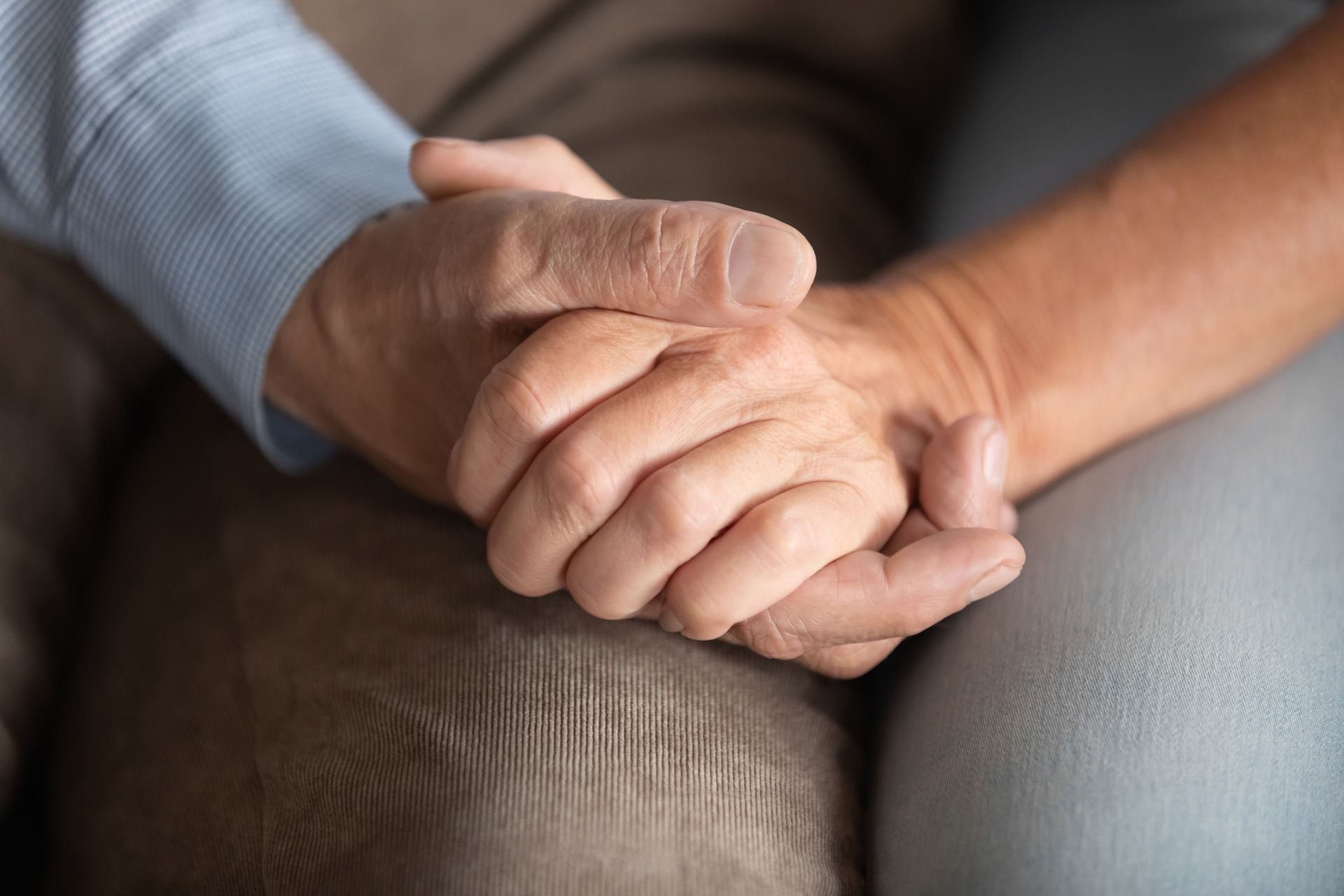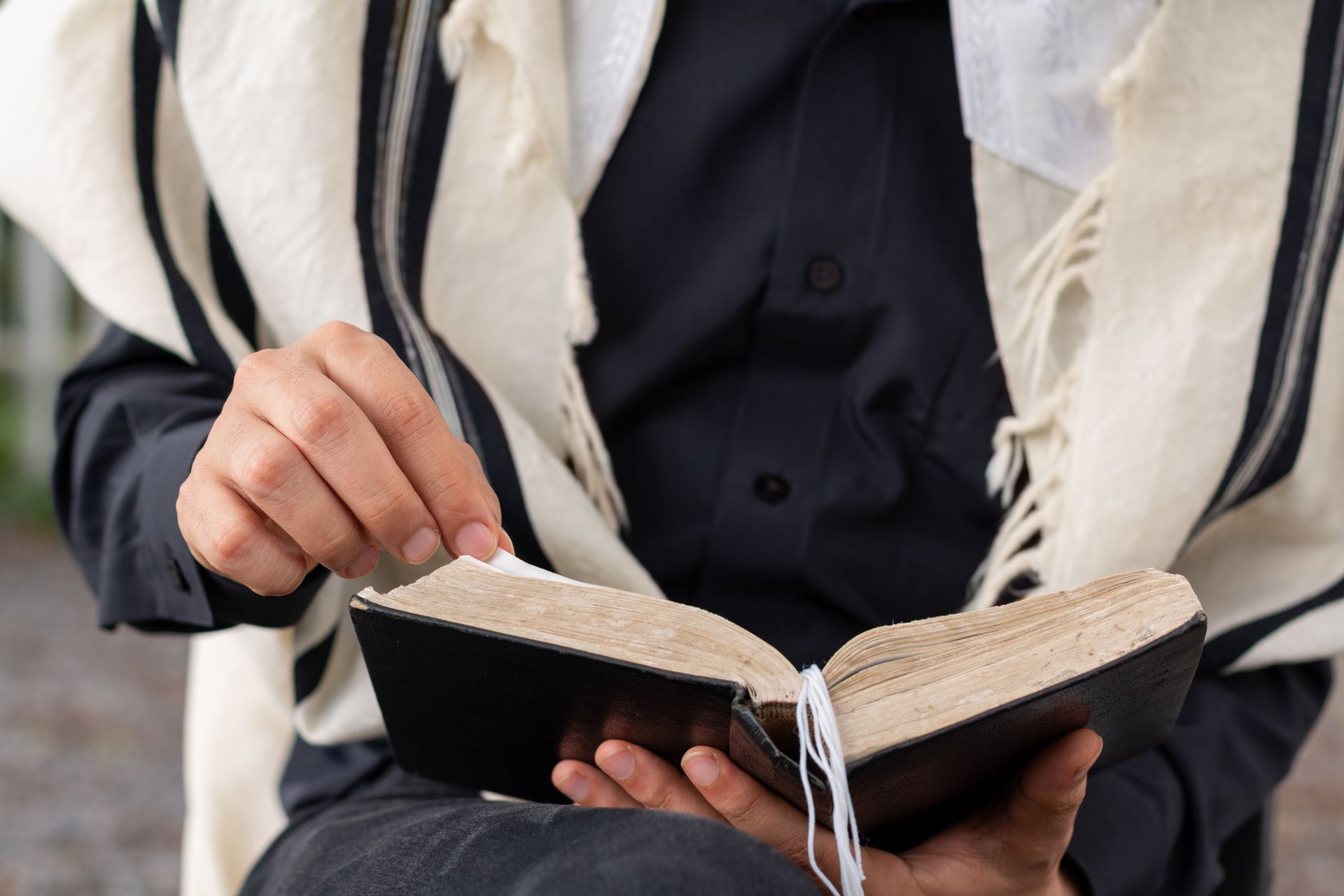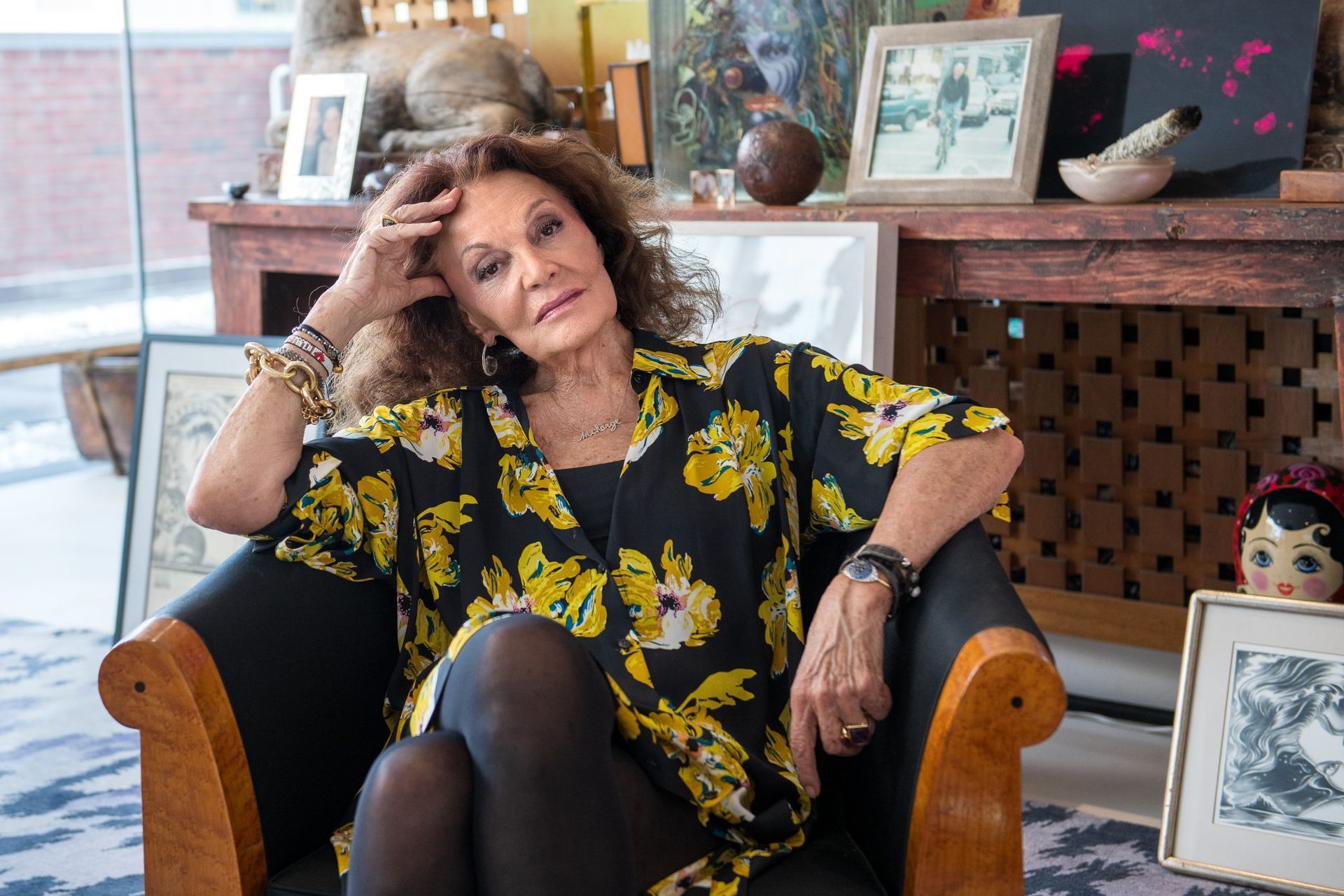Exploring Shivah: A Sacred Space for Grief, Memory, and Healing

Understanding the Role of Shivah in Jewish Mourning Practices
In Jewish tradition, mourning is not left to chance. It is structured, sacred, and deeply compassionate. One of the most essential periods in this process is shivah—a seven-day observance that begins immediately after the burial of a loved one. More than a ritual, shivah is a spiritual framework that helps mourners begin the difficult journey from loss toward healing.
We also recognize that shivah can look different across families, communities, and levels of observance. While this guide explores traditional Jewish customs, it’s important to remember that not all Jewish families observe shivah in the same way—and that’s okay. The heart of the tradition is care, remembrance, and communal support, no matter how it's expressed.
What Is Shivah?
shivah (שִׁבְעָה) means “seven” in Hebrew, referring to the seven-day mourning period traditionally observed by the immediate family of the deceased: parents, children, siblings, and spouses. It begins after burial and marks the first official stage of Jewish mourning.
During this time, mourners become aveilim (mourners) and are supported by their community through acts of presence, prayer, and care. As Rabbi Sherre Hirsch shares, “shivah begins the moment the body is buried, and it helps the family remember there’s a reason to go on living.”
Whether observed in its full traditional form or adapted to meet personal or cultural needs, the purpose of shivah remains the same: to provide space for mourning, healing, and memory.
The Purpose of Shivah
Shivah offers mourners a protected, sacred pause. It encourages them to slow down, to be cared for by their community, and to begin processing their grief. It also offers a ritualized structure that gently supports mourners through the most immediate days of loss.
The first act in many shivah homes is a meal, brought by others, to reaffirm life. This “meal of consolation” often includes round foods—like hard-boiled eggs or lentils—symbolizing the cycle of life. Whether strictly kosher, vegetarian, or simply comforting, food becomes a vessel of love and presence, reminding mourners that they are not alone.
Traditional Shivah Practices (and How They May Vary)
In traditional Jewish communities, shivah includes specific customs meant to express grief, remove distractions, and honor the deceased. However, how—and whether—these practices are observed can vary widely. Many families adapt these rituals to reflect their beliefs, culture, or comfort level. Some may follow every detail of halachic (Jewish legal) practice, while others may embrace more symbolic, personal approaches.
Here are some of the traditional customs, along with notes on how they may be interpreted or adjusted:
- Sitting low: Traditionally, mourners sit on low stools or the floor, symbolizing humility and sorrow. Many families choose standard seating, prioritizing comfort over symbolism.
- Covering mirrors: In traditional shivah homes, mirrors are covered to shift the focus inward. Some may skip this custom or modify it by covering only some mirrors or using symbolic cloths.
- Tearing garments (keriah): Mourners may wear a ripped ribbon or tear their clothing to symbolize a broken heart. Others may opt for a less visible or symbolic expression of loss.
- Reciting Kaddish: The
Mourner’s Kaddish is traditionally said daily with a minyan (a quorum of ten Jewish adults). In more liberal or secular homes, Kaddish may be recited privately, communally, or omitted altogether.
- Pausing grooming and celebrations: Traditional mourners refrain from grooming, wearing leather, listening to music, or attending joyous events. Some families may modify or skip these restrictions based on their personal values or emotional needs.
At its core, shivah is not about strict adherence – it’s about creating space to grieve, however, that looks for each family.
The Seventh Day: Reentering the World
On the final day of shivah, a traditional custom is for mourners to take a brief walk outside—sometimes in seven loops—to symbolically reenter the world. Some may choose to observe this practice; others may prefer a different ritual of transition or none at all. The intention is to acknowledge the shift from intense mourning to the next phase of healing.
Mourning Beyond Shivah
Jewish mourning continues long after shivah. These sacred stages help guide the grieving process at a gentle pace:
- Sheloshim (30 Days): The 23 days following shivah are a transitional period. Mourners begin to resume daily life but still refrain from festivities. Some return to work, but often avoid celebrations or large gatherings.
- The First Year: For those mourning a parent, mourning traditionally continues for 11 months with daily
Kaddish recitation. At 12 months, mourners observe
yahrzeit, the anniversary of the death, with prayer, candle lighting, and reflection. Again, the level of observance varies. Some families may mark these dates with quiet personal rituals instead of communal prayer.
These practices provide a long, compassionate arc of mourning—designed not to rush grief, but to walk beside it.
Shivah Etiquette: How to Support the Bereaved
If you're visiting a shivah home or supporting someone in mourning, consider the following guidance, applicable whether you're entering a traditional home or a more modern, flexible setting:
- Be present. You don’t need perfect words. Often, your presence and a simple “I’m so sorry” mean the most.
- Follow the mourner’s lead. Let them guide the conversation. If they want to talk about their loved one, listen. If they need silence, honor that too.
- Bring food or help. Practical support—meals, errands, childcare—is always appreciated.
- Respect the tone of the home. Some shivah homes are quiet and prayerful; others are filled with storytelling, laughter, and informal gathering. Take your cues from the family.
- Avoid clichés. Phrases like “They’re in a better place” or “At least they lived a long life” can unintentionally sound like you are minimizing grief. Let your words be simple and sincere.
Why Shivah Still Matters
In an age of busyness and performative grief, shivah invites us to be still. It calls families and communities to gather, not just in sadness, but in sacred remembrance. It acknowledges that grief deserves time and care, that no one should mourn alone, and that memory is a form of love that continues.
Whether you observe shivah traditionally, adapt it to suit your needs, or simply show up for someone who is grieving—know that you are participating in one of Judaism’s most enduring and compassionate rituals.
If a loved one has recently passed away and you are seeking support, Hillside Memorial Park and Mortuary holds a monthly grief group for those navigating loss. Led by Maggi Scharf, M.Ed., CPCC, Certified Grief Educator, each group meeting is designed to help participants explore the healing process in the company of others sharing similar experiences and can be joined on our site.












